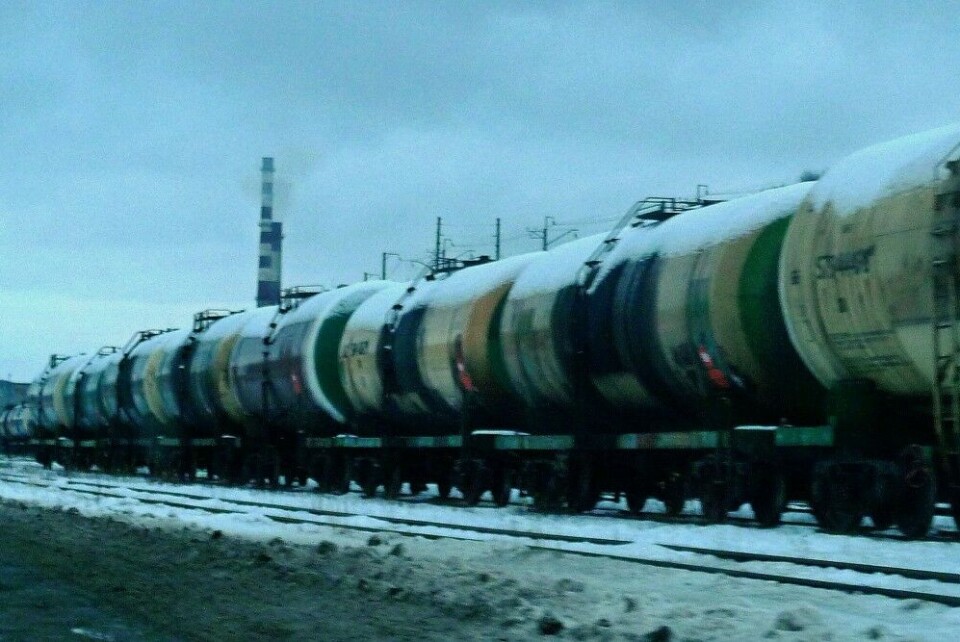
Melting Arctic permafrost threatens Russian energy firms’ bottom line – Morgan Stanley
Rapidly melting Arctic permafrost poses the greatest threat to major Russian energy producers’ infrastructure and financial indicators, according to a new Morgan Stanley report obtained by the Vedomosti business daily.
Gazprom, Novatek, Alrosa and Norilsk Nickel — whose fuel tank leaked after sinking into thawing permafrost in May, resulting in a major environmental disaster — stand to lose the most from the phenomenon that releases carbon gases and further fuels global warming.
“Climate change in permafrost areas, which account for about 60% of Russian territory, leads to the release of large amounts of methane and carbon dioxide, reduces soil stability and creates risks for infrastructure,” Vedomosti quoted Morgan Stanley as saying Thursday.
The investment banking company noted that average temperatures in Russia have risen at 2.5 times the global rate since 1960 while Arctic temperatures have risen at 3-4 times the global rate since 2000. This heat reduces the bearing capacity of structural foundations in key hydrocarbon production regions by 25-75% compared to 1965.
Around 90% of Russia’s gas and diamonds, 30% of its oil and all of its palladium reserves are produced in areas covered by a thick layer of permafrost.
This means that these companies could feel the impact of climate change in the near future, according to Morgan Stanley’s analytical report.
Gazprom’s forecasted free cash flow for 2022, for example, risks being cut from $8.4 billion to $4 billion, while Nornickel’s predicted 2022 dividends could halve to $1.1 billion.
This article first appeared in The Moscow Times and is republished in a sharing partnership with the Barents Observer.















